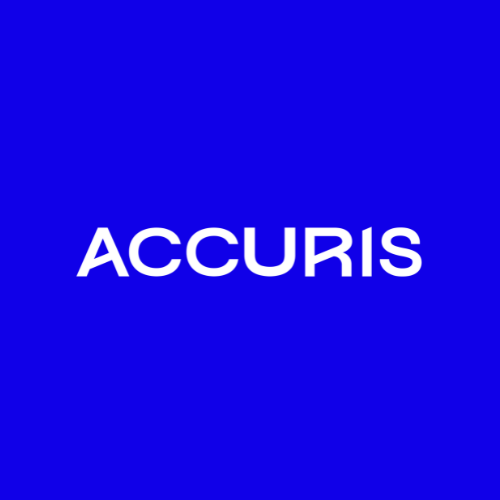Hamble Aerostructures
Hamble Aerostructures, part of Aernnova, designs and manufactures essential aircraft components for models like the Airbus A350 and Racer Helicopter. They ensure high-quality structures meeting safety and weight standards set by international and internal regulations.
The Problem
Aerostructures undergo extensive design and testing lasting months or even years, including structural, stress, and buckling tests to ensure flight safety. If a structure fails testing, it requires redesign to meet weight optimization and safety standards, incurring significant time and cost, often in the millions.
Proper stress analysis upfront is vital to prevent redesign scenarios. Hamble engineers rely on standards, datasheets, and trusted methods to design structures for safety and weight optimization. Before aircraft production and market entry, prototypes undergo rigorous testing to identify failure modes. If structural testing reveals flaws, it’s back to square one, incurring significant costs and delays.
Hamble Aerostructures must have reliable requirements, empirically tested data, and curves to optimize and meet weight targets. They need access to trusted data and standards from publishers such as BSI, ASTM, ASME, and many others to ensure safe and optimized designs. With around 600 employees, they needed unlimited, company-wide access to these documents, along with features like annotation, quick search, requirement linking, document sharing, version comparison, and alerts for standard updates.
The Solution
The company turned to the Engineering Workbench & ESDU solutions from Accuris.
Engineering Workbench (EWB) enables engineers to access relevant requirements from millions of standards and hundreds of global publishers in one online platform. Before using Engineering Workbench, Hamble Aerostructures engineers relied on offline copies of standards, where they might miss notifications of changes and updates. Now, they can use EWB’s AI features to swiftly locate and incorporate necessary standards and requirements into their designs. Engineering Workbench facilitates traceability by sharing document links and embedding specific passages, making documentation an intuitive part of their workflow.
ESDU offers over 1,800 validated engineering design guides, data, methods, and software, serving as a crucial resource for Hamble Aerostructures engineers. They rely on ESDU datasheets daily, particularly for stress analysis like shear and compression buckling. ESDU helps engineers identify necessary adjustments to optimize designs and prevent failures in various components such as wing structures and fuselage panels.
“Working as an aircraft Stress Engineer, I have been using ESDU data sheets since the 1980s! The analysis sheets are well presented, intuitive, and each includes a clear “worked example” to illustrate the subject analysis methodology.
Often, the analysis methods are simply based on nests of curves, whereby the effects of changing any of the analysis parameters may be readily investigated / understood – these methods being particularly suited to the initial design / sizing phases of any development programme.
I have used ESDU data sheets on numerous civil and military aircraft / helicopter projects, covering both metallic and composite structures, and recommend them as an invaluable, convenient source of reliable analysis methodologies.”
– Steve Sims, Stress Engineer at Hamble Aerostructures, Aernnova
The Results
Engineers at Hamble Aerostructures rely on Engineering Workbench as their go-to resource, streamlining project timelines and providing a centralized platform for standards requirements. This autonomy reduces their dependence on others for accessing standards information. Additionally, they utilize ESDU to mitigate risks and avoid costly project failures and redesigns due to stress and buckling. By conducting stress analysis early in the design process, engineers identify and address failure modes, optimizing designs to meet weight specifications.

